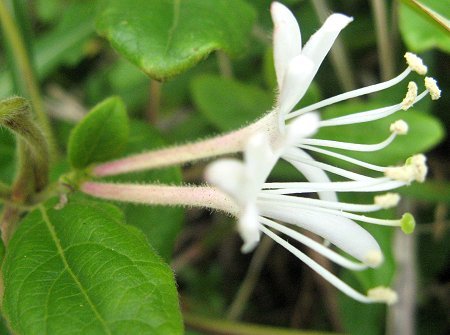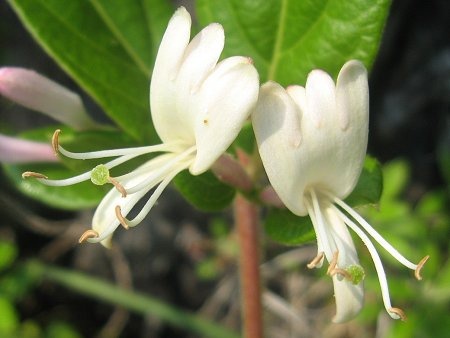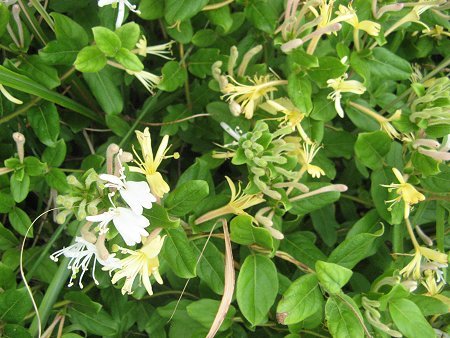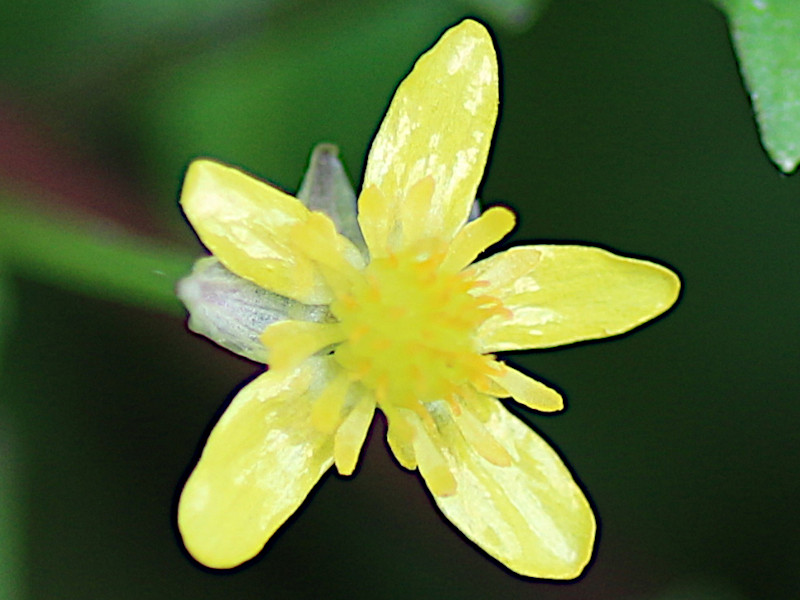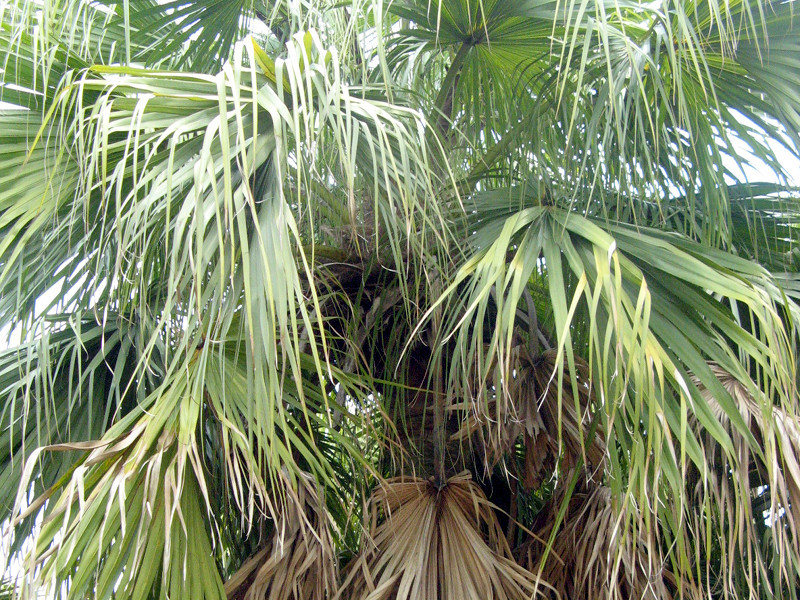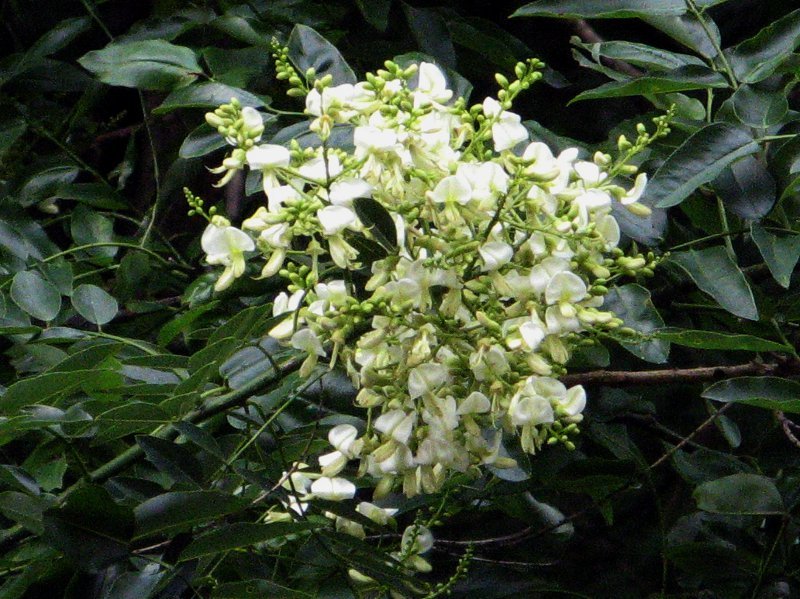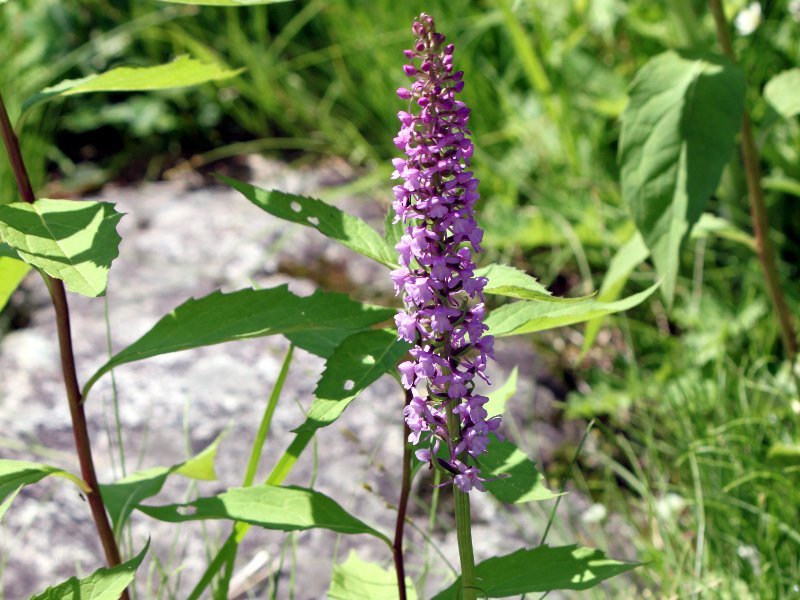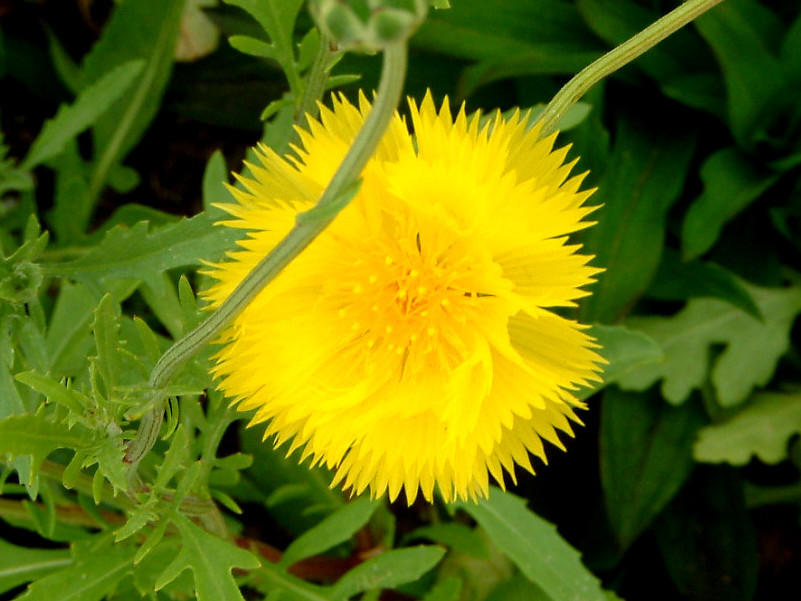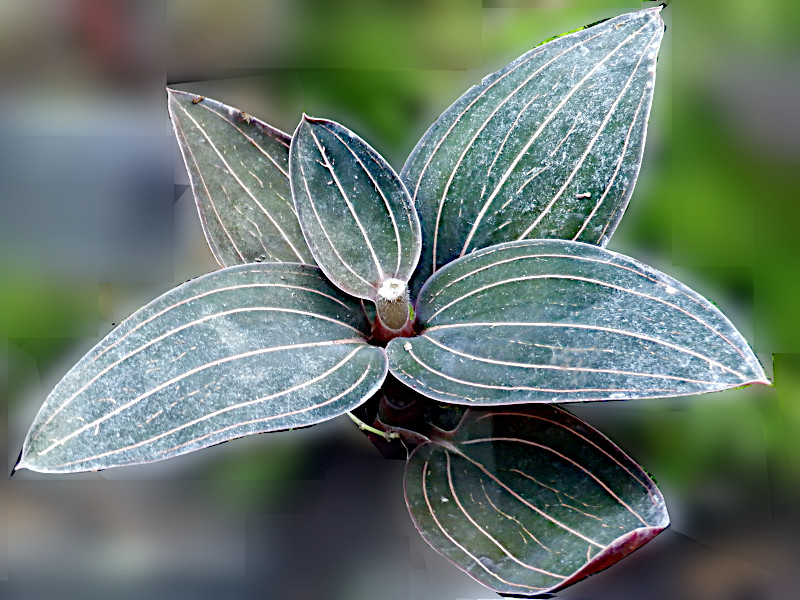Japanese honeysuckle
- Flower nameJapanese honeysuckle
- Scientific nameLonicera japonica
- Aliasニンドウ, 吸い葛, 忍冬, Lonicera, ロニセラ, キンギンカ, 金銀花, Japanese Honeysuckle
- Place of originJapan
- Place of floweringFields and footpaths, Garden, Park
- Flowering seasonMay, June, July
What is Japanese honeysuckle
Japanese honeysuckle, scientific name:Lonicera japonica, is a woody evergreen vine of the genus Lonicera, Department of Caprifoliaceae native to Japan. White tubular flowers from late spring to early summer, aromatic blooms 2 pieces from one central location. Flowers bloom over time after starting the yellow-> changes to purple. The tip of the tube-shaped flowers petals on four, under one will. Around the pistil of the five stamens.
Houtambok has two congeneric species, the leaves have stems with tsquinukinindu (parting out 忍冬) and red berries luting, looks like a gourd (gourd trees). Common name: gunda (忍冬), scientific name:lnicera japonica, aka: Lonicera, kinguinca (flower), Japanese Honeysuckle, category: Plantae Angiosperm gate authenticity dicots Pincushion eyes Honeysuckle of honeysuckle Lonicera species, origin: Japan, Environment, space, height: 100 cm, leaf: oblong, phyllotaxis: vs., leaf margin: entire, left-right asymmetric flower, petal type: flowers, inflorescences form: many scattered flowers, petal-shaped: tubular flowers with Tip 5 crack, flowering period: May-July, flower color: white, flower head 5 cm, flowers aromatic and fruit: berries, fruit color: black, Fruiting period: September-December, use: trees, Park trees, herbal medicine
